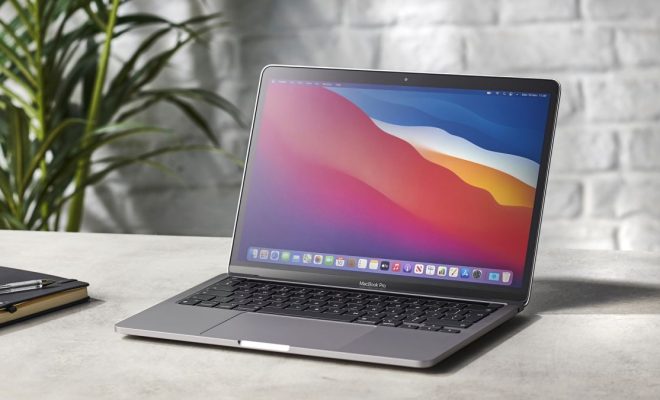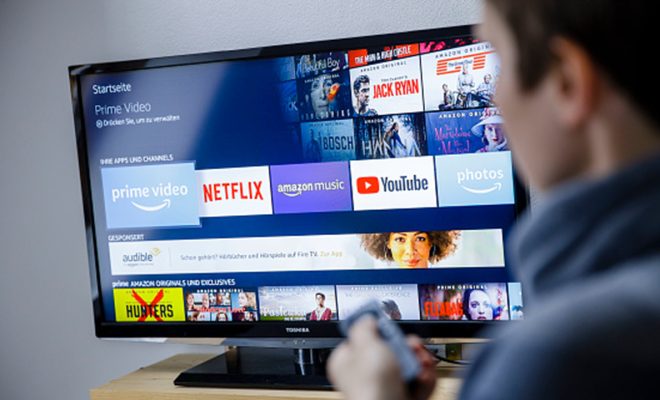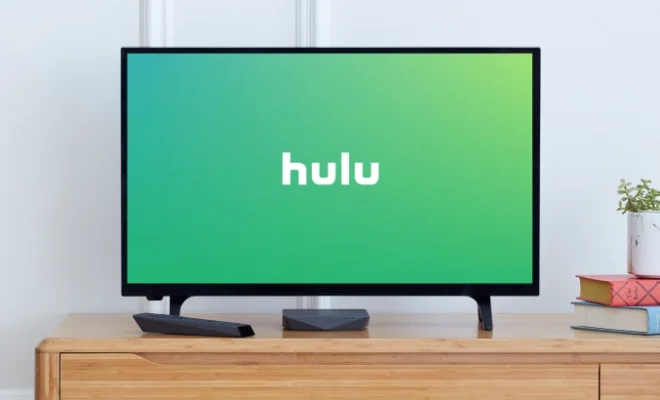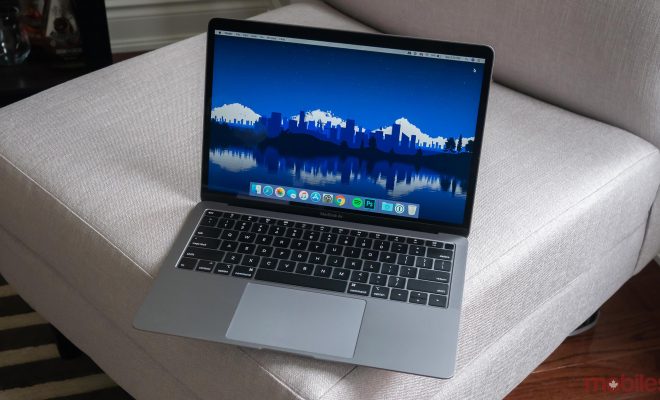How to Convert STL to G-Code: The Easiest Way
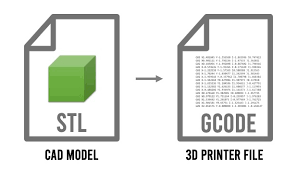
If you are a 3D printing enthusiast, you probably know that STL files are the standard format used by most 3D printing software. However, to bring your designs to life, you need to convert them into G-code, which is the language that tells your 3D printer how to move and extrude its nozzle. Fortunately, converting STL to G-Code is not a complicated process, and there are several easy ways to do it. In this article, we explain the easiest way to convert STL to G-Code.
Step 1: Choose an Slicer Software
The first step in converting STL to G-Code is to choose an appropriate slicer software. Slicer software is used to convert your STL file into a G-Code file that can be sent to your 3D printer. There are several slicer software options available, including Cura, Slic3r, and Simplify3D. However, for this guide, we’ll be using Cura.
Step 2: Import the STL File
To import the STL file into Cura, open the software and click on the “Open File” button in the top-left corner of the screen. Locate your STL file on your computer and select it. Your model will now appear on the virtual build plate inside Cura.
Step 3: Position and Scale the Model
Once you’ve imported your STL file into Cura, you may need to adjust its position and scale. This is done by clicking on the model and using the arrow keys to move it, or the scale tool to adjust its size. Make sure your model is positioned in the way you want it to print and is the correct size.
Step 4: Slice the Model
The final step is to slice your model, which will convert it from an STL file into a G-code file that your 3D printer can understand. To do this, click the “Prepare” button in the bottom-right corner of the screen. Cura will then generate a G-code file based on your STL model and your printer’s settings.
Step 5: Save the G-code File
Once the slicing process is complete, click on the “Save to Disk” button in the bottom-right corner of the screen. This will save the G-code file to your computer, ready to be transferred to your 3D printer.

